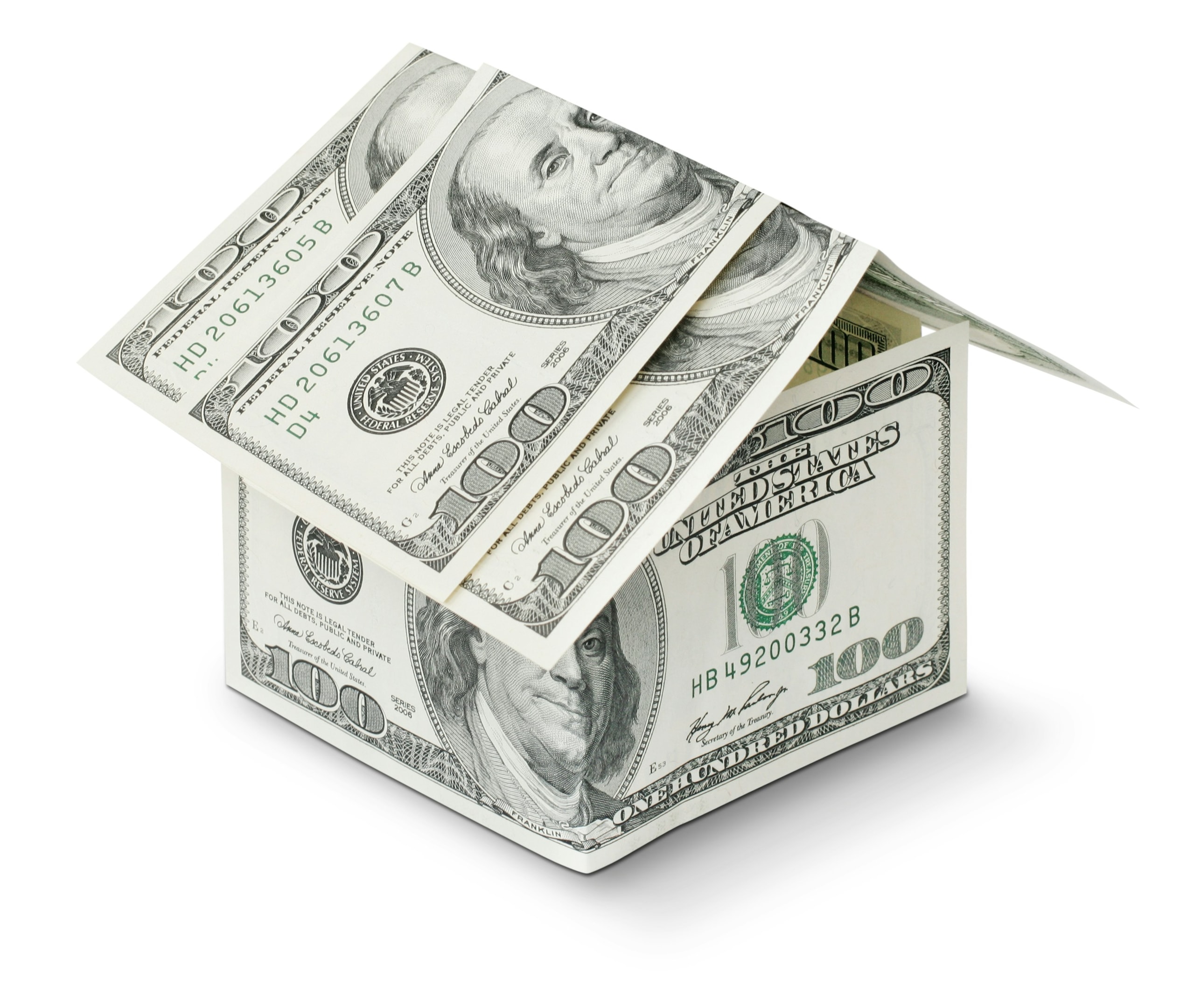The Best Strategies for Refinancing Investment Property Successfully

Introduction to Investment Property Refinance
Refinancing an investment property can be a strategic move to improve your cash flow and build long-term wealth. It involves evaluating your property, your current mortgage, and your investment returns to determine the best approach. By considering investment property refinance rates, you can ensure that refinancing will save you money compared to your existing loan. Understanding the benefits and the refinancing process is crucial for making informed decisions that enhance your investment portfolio. A successful refinance can help property owners manage other debts, increase rental income, and strengthen their overall investment strategy. To get the best deal, it's essential to compare refinance rates from different lenders and understand how market conditions may impact your options. To learn more tips for building your wealth through real estate, see The Best Strategies for Building Wealth Through Real Estate Investment.
Benefits of Refinancing Investment Properties
Refinancing your investment property offers several advantages. One key benefit is access to cash through a cash-out refinance, which lets you tap into your home equity. This cash can be used to fund property improvements, consolidate other debts, or invest in additional rental properties, helping you grow your investment portfolio. Refinancing to a lower interest rate can reduce your mortgage payment, increasing your cash flow each month. Additionally, switching from an adjustable-rate mortgage to a fixed-rate mortgage provides stability and predictability in your payments, protecting you from rising interest rates. By refinancing, you can leverage your property's increased value and equity to support your financial goals, saving money in the long run.
Understanding Investment Property Loans
Investment property loans typically have stricter requirements than loans for a primary home. Most lenders require a minimum credit score of 620 and a maximum debt-to-income ratio of 50% to qualify for refinancing. Additionally, loan-to-value ratios tend to be lower, meaning you need enough equity—usually at least 25%—in your property to refinance. It's important to understand the different types of investment property loans available, such as fixed-rate and adjustable-rate mortgages, so you can choose the loan term that best fits your financial goals. The loan term will affect your monthly mortgage payment and the total interest you pay over time. Be aware of fees associated with these loans, including closing costs and origination fees, which can impact the overall cost of refinancing.
Refinancing Options
Several refinancing options exist for investment properties. A rate-and-term refinance allows you to lower your interest rate and monthly payment without changing your loan balance. On the other hand, a cash-out refinance lets you increase your mortgage balance to access more money for other investments or property upgrades. Debt consolidation refinancing combines multiple debts into a single loan with a lower interest rate and monthly payment, simplifying your finances.
You can also refinance to switch from an adjustable-rate mortgage to a fixed-rate mortgage or to remove a co-borrower. Each option has its benefits and drawbacks, so it's important to evaluate them carefully to align with your financial goals.
Managing Costs
Refinancing an investment property involves costs such as closing costs, appraisal fees, and origination fees. These expenses should be factored into your decision to refinance to ensure that the benefits outweigh the costs. You may be able to negotiate with your current lender to reduce or waive some fees. Reviewing the closing disclosure carefully will help you understand all the costs involved. Additionally, consider how refinancing may impact your tax liability, as the interest on your investment property loan may be deductible, potentially offsetting some costs.

Improving Cash Flow
One of the main reasons to refinance an investment property is to improve cash flow. Lowering your mortgage payment through a reduced interest rate can free up funds each month. Using cash from a cash-out refinance to make property improvements—such as renovations or upgrades—can increase property value and justify charging higher rental income. Some investors also refinance to an interest-only loan, which lowers monthly payments and boosts cash flow in the short term. However, it's important to weigh the risks, such as increasing your debt burden or extending your loan term, against the potential rewards.
Working with a Lender
Choosing the right lender is essential for a successful refinance. Look for lenders who specialize in investment property loans and have a strong reputation for customer service. Research and compare different lenders to find the best deal and lowest refinance rates. Consider the lender's fees, discounts, and promotions. A knowledgeable lender can guide you through the refinancing process, helping you navigate paperwork and meet deadlines to ensure a smooth transaction.
Navigating the Refinancing Process
The refinancing process can be complex, but working with an experienced lender simplifies it. You will need to gather financial documents such as pay stubs, tax returns, bank statements, and proof of rental income. After applying for the loan, your refinance will go through underwriting, where your lender verifies your assets, income, and the property's condition. Staying organized and maintaining communication with your loan officer will help keep the process on track and avoid delays.
Avoiding Common Mistakes
To ensure a successful refinance, avoid common pitfalls such as not shopping around for the best rates, overlooking fees, or neglecting to evaluate the impact on your cash flow. Refinancing too frequently can increase your debt and reduce your equity, so consider the break-even point carefully. Avoid using a cash-out refinance for personal expenses, as this can undermine your investment goals. A good lender can help you steer clear of these mistakes and make sound financial decisions.
Successful Refinancing Execution
Executing a successful refinance requires careful planning and research. Work with a knowledgeable lender, gather all necessary documents, and stay organized throughout the process. Evaluate the benefits and risks of refinancing to ensure it aligns with your financial goals. By carefully considering your options, you can achieve a refinance that improves your cash flow, builds equity, and supports your long-term investment strategy.

Conclusion
Refinancing an investment property is a powerful tool to improve cash flow, reduce debt, and build wealth over time. Careful consideration of the benefits and drawbacks, combined with working with an experienced lender and staying organized, will help you navigate the refinancing process successfully. By avoiding common mistakes and thoroughly evaluating the impact on your cash flow and equity, you can make informed decisions that support your financial goals and strengthen your investment portfolio. Refinancing your investment property, when done thoughtfully, can be a key step toward achieving greater financial success.